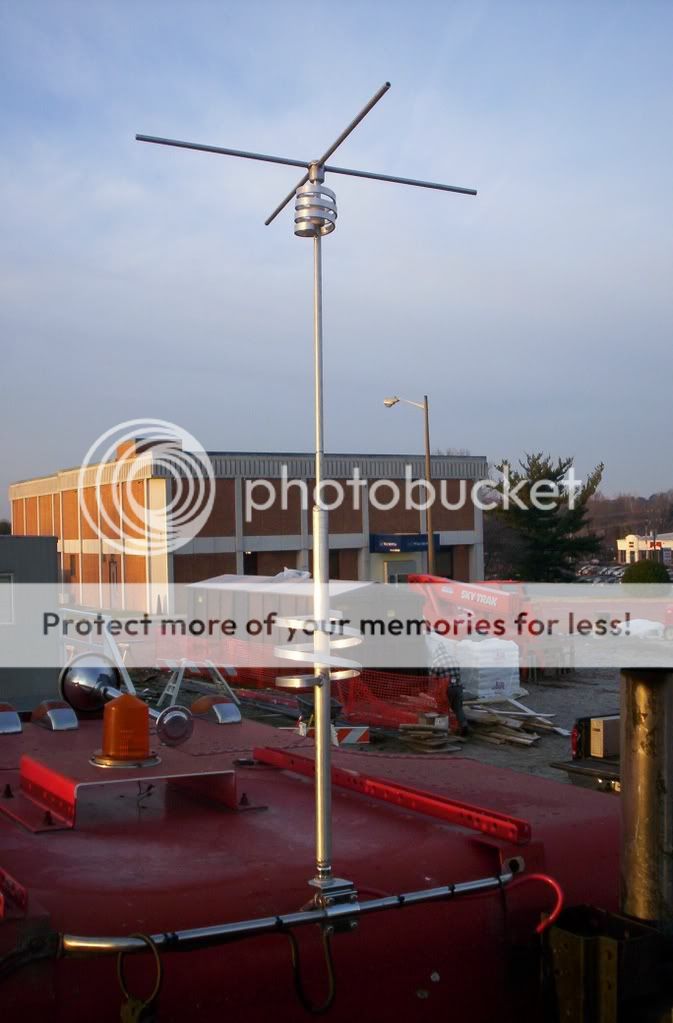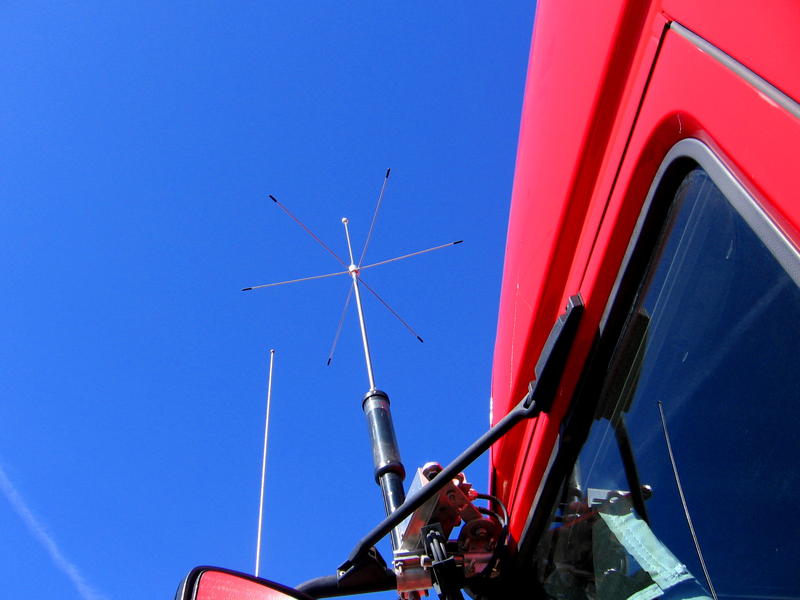The combination of the cap hat and the top load coil were for tuning purposes,
I'm referring to the cap hat alone can't tune an antenna with no coil. Again your modeling program shows a 5 ft. antenna with a cap hat and no reference to a loading coil with or without and how much inductance is measured to tune at 11 meters. Important info left out of your sophisticated modeling program! A typical 5 ft. CB whip with a cap hat will tune well below 11 meters. Fact!
To say that a cap hat cannot be used to tune a shorter than 1/4 wavelength antenna is just plain wrong
That''s not what I said. I said "A cap hat on a whip with no coil won't tune properly" That means a straight whip less than a 1/4 wavelength with no loading coil won't tune up properly with or without a cap hat. I know because I have physically tried this and couldn't get a good match!
I repeat for a third time, a cap hat can't properly tune a NON- COIL LOADED WHIP that is LESS THAN A 1/4 WAVE. A shortened antenna has to have some inductance to match it.
It can tune a loaded antenna at 11 meters sort of speak but not without some pre- modifications to the antenna length and coil. It's not a case of a glass half empty or half full. Tuning a shortened antenna starts with the coil, not the cap hat. If you put a cap hat on a tuned 11 meter coil loaded antenna, some coil turns on the antenna will have to be removed due to capacitive cancellation of the inductance within the coil or shorten the antenna length or both.
That's why I suggested in an earlier post tuning a coil loaded antenna for 6 meters than add a cap hat and re-tune the coil by adding or subtracting coil turns to get 50 ohms. There is a point where a cap hat can be too big and it will reverse efficiency. Mobile Cap hats should be designed for a compromise of increasing efficiency but also accounting for size, weight, and wind loading.
It also appears the comparisons from the 3 antennas used the same antenna model throughout which proves your modeling program isn't unreliable, just the operator who entered the information. This is because you can't put a cap hat on the same antenna types as the other 2 and still get a match on 11 meters. I you disagree here, sorry to say but you haven't learned anything about cap hats yet.
Wow, do you really have that little faith in my modeling skills?
Apparently yes! I don't put much faith into modeling programs as the absolute end all of anything antenna related. They are useful tools but only as good as the operator uses it with the correct knowledge beforehand.
You left out some important details as I noted.
I have done far more experimentation than you seem to think, although in my case not directly with cap hats. I also have an AIM4170c VNA that I use when working with antennas
I'm sure you have and I'm aware of some of your nice equipment from other threads and I praised you on it.
Here you admit you don't have working experience with cap hats where I do and that makes a difference especially since I experimented with building my own antennas with and without cap hats. Nearly all my HF and CB experience comes from mobile operations.
Here is a question for you, have you ever made a cap hat that you can change the size of to tune the antenna?
I should ask you that question but I already know the answer is no.
Repeating myself again, Tuning a shortened antenna starts with the coil, not the cap hat.
Once a shortened loaded antenna is tuned, adding a cap hat will lower it in frequency to the next band or more. That's how I made a 20 meter coil loaded antenna resonate on 40 meters but it took experimenting with different coil turns to get it right. I also posted on how my screwdriver antenna that is designed for low bands down to 40 meters now tunes at 60 meters since adding the the cap hat. But...! it takes coil turn adjustments that's easy to do with a screwdriver antenna and that's why they are the most versatile mobile antenna to have for multi-band operations.
I'm sure you have to get the last word in so have at it.
I'll stand by and let some of the other knowledgeable people I know on this forum chime in if they care to.
Last edited:




